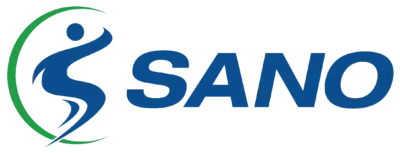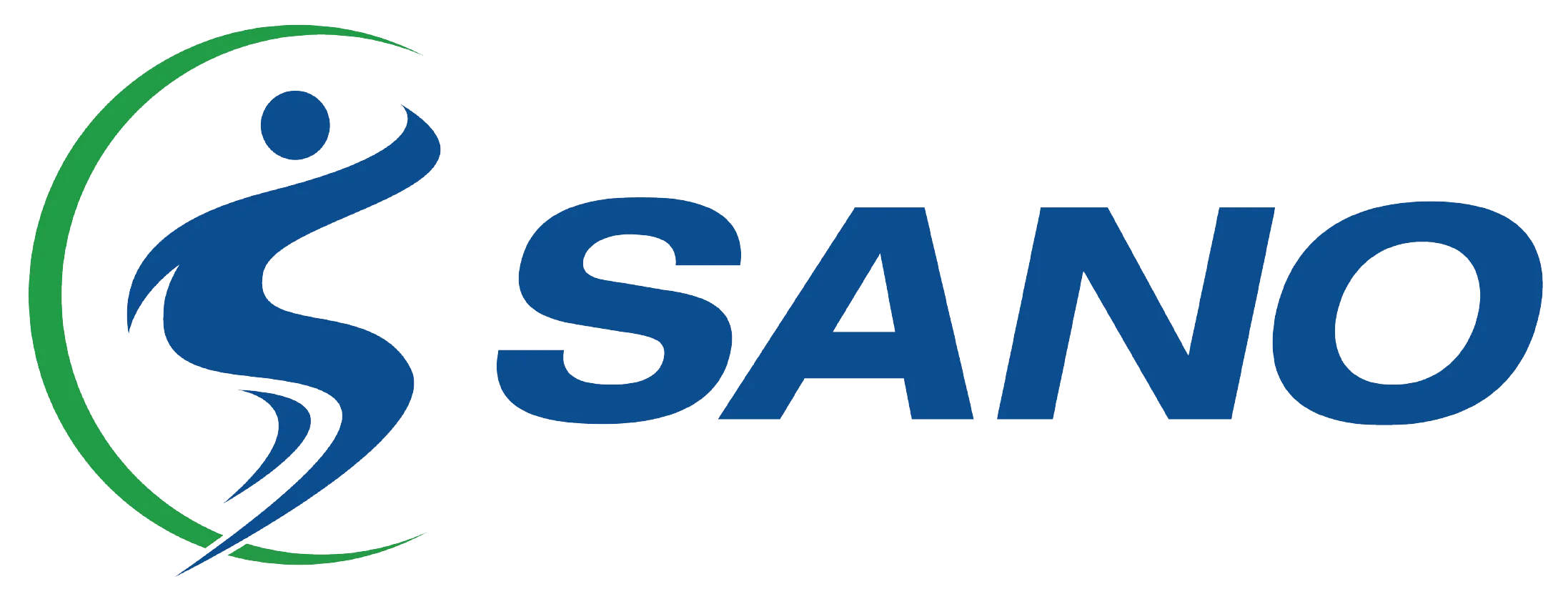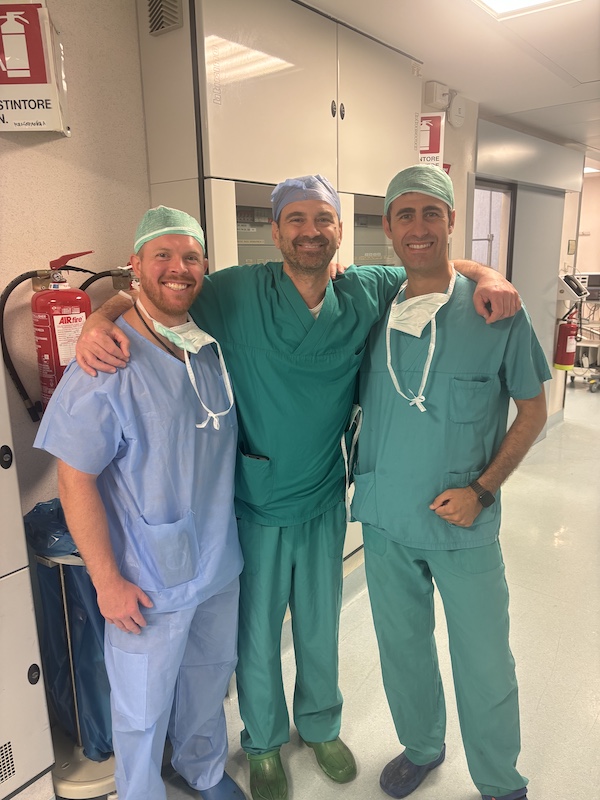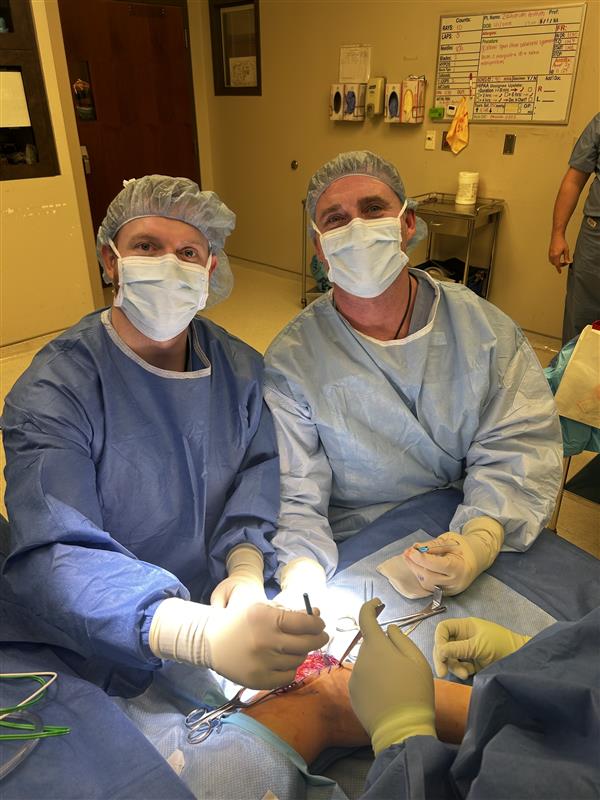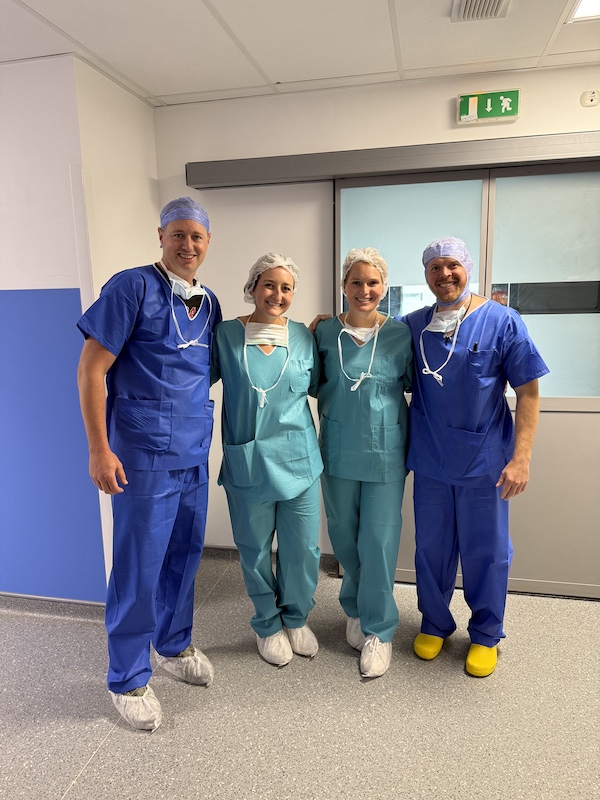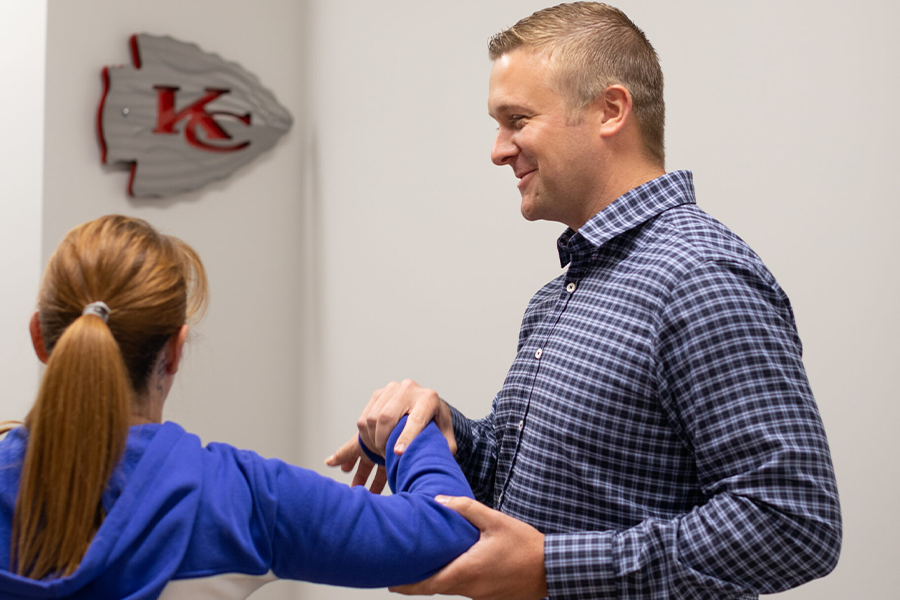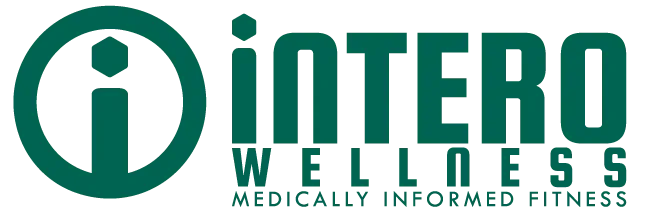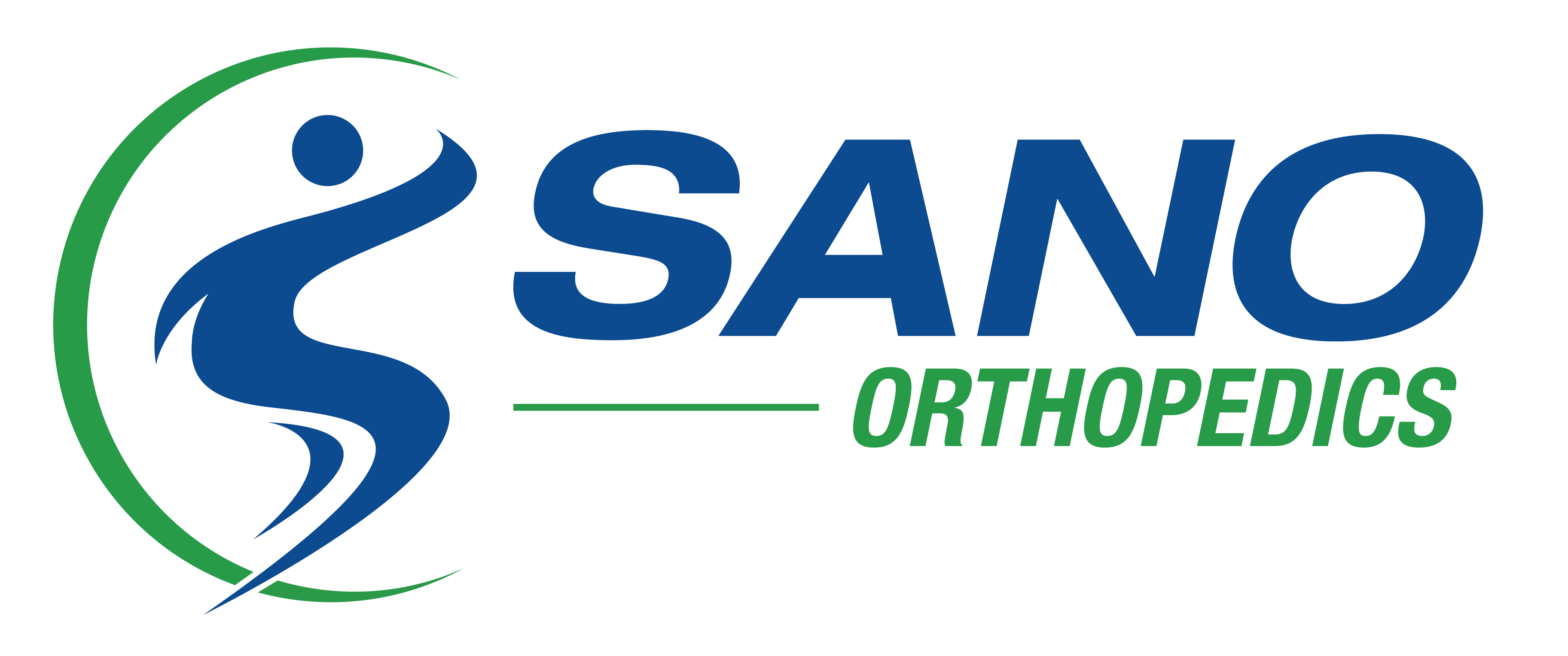- What did you take away from your time training in Italy and France that you think will make you a better physician?
- Can you describe a moment or case that challenged your thinking or changed your approach to patient care?
- How did the training environments abroad differ from what you’ve experienced in the U.S.?
- What does it mean to you to be part of a fellowship that prioritizes international surgical collaboration?
- Why would you recommend Sano-Santi fellowship to future sports medicine surgeons?
Dr. Garrett Gilbert’s fellowship year at Sano combined high-volume surgical experience, close mentorship, and global exposure—all of which shaped his growth as a physician and deepened his commitment to evidence-based, patient-centered care. As the first fellow of the Sano-Santi fellowship, he set the standard for what it means to train with purpose, humility, and a global mindset. His reflections offer a compelling look into the future of collaborative, high-impact sports medicine.
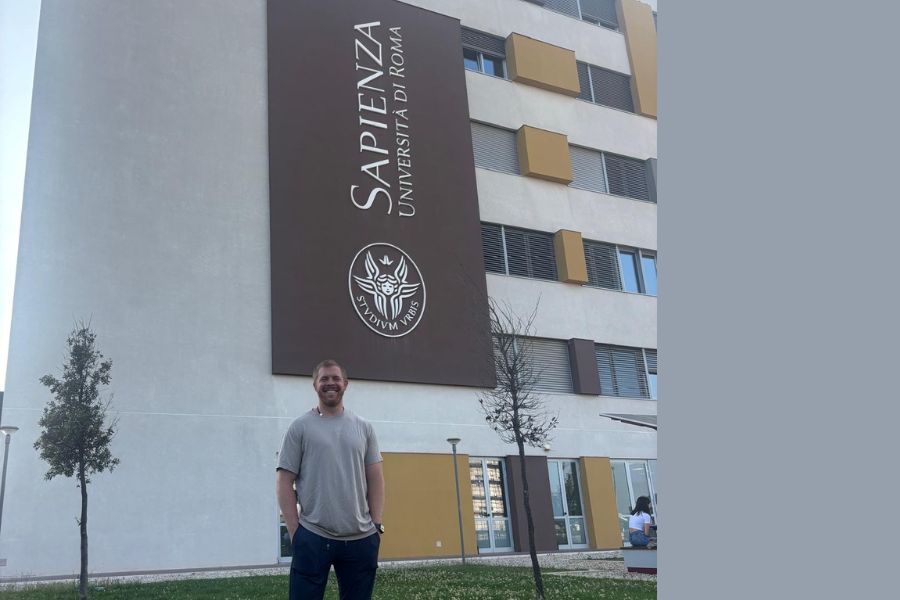
Dr. Garrett Gilbert was the first physician to complete the Sano-Santi sports medicine fellowship, a program designed to develop leaders in orthopedic care.
Over the course of a transformative year, he trained shoulder-to-shoulder with our team of experienced sports medicine physicians—Drs. Daggett, Dempewolf, and Witte—gaining deep hands-on experience in musculoskeletal care and surgical technique. But what truly set this fellowship apart was the chance to learn beyond our walls.
As part of the Sano Fellowship, Garrett completed international rotations in France and Italy, working alongside orthopedic and sports surgery experts at globally recognized institutions. His experience abroad didn’t just expand his surgical toolbox—it widened his worldview and deepened his commitment to thoughtful, evidence-based, and collaborative care.
Here, Dr. Gilbert reflects on what made this year of training one that will shape the rest of his career.
What did you take away from your time training in Italy and France that you think will make you a better physician?
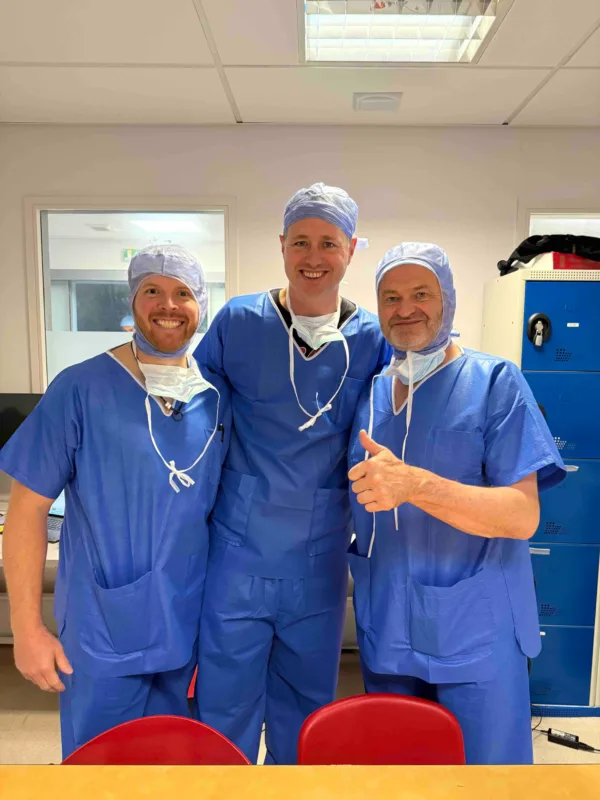 There were many meaningful takeaways from my time in Europe, but three stand out. First, training internationally broadened my perspective on patient care. I was exposed to alternative surgical approaches and diagnostic philosophies, which now give me a more well-rounded view when evaluating options. Second, I saw first-hand how cost-conscious strategies are woven into care in Europe—something we must consider more intentionally in the U.S. as we aim to reduce healthcare costs. And third, I built relationships with international colleagues that I know I’ll lean on for the rest of my career. Also—I'll admit—my espresso habit came back with me too.
There were many meaningful takeaways from my time in Europe, but three stand out. First, training internationally broadened my perspective on patient care. I was exposed to alternative surgical approaches and diagnostic philosophies, which now give me a more well-rounded view when evaluating options. Second, I saw first-hand how cost-conscious strategies are woven into care in Europe—something we must consider more intentionally in the U.S. as we aim to reduce healthcare costs. And third, I built relationships with international colleagues that I know I’ll lean on for the rest of my career. Also—I'll admit—my espresso habit came back with me too.
Can you describe a moment or case that challenged your thinking or changed your approach to patient care?
While in France, I had the opportunity to refine arthroscopic knee techniques in a cadaver lab. I was analyzing the best way to repair a medial meniscus RAMP lesion—an injury often seen with ACL tears. Initially, I planned to use an all-inside fixation device. But through hands-on evaluation, I discovered that a posterior approach using direct suture offered a more effective repair. That moment challenged my assumptions and reshaped how I will approach this injury moving forward.
How did the training environments abroad differ from what you’ve experienced in the U.S.?
The biggest difference was in the learning style. In Europe, training tends to follow a “watch and learn” model, where you absorb knowledge through observation and discussion. In the U.S., my experience has been more hands-on—especially at Sano—where I was actively involved in procedures from early on. One thing that stood out abroad was how strongly they emphasized evidence-based techniques and challenged surgical theories until proven through research. That mindset added depth to the technical skills I developed here and reinforced the importance of pairing surgical innovation with ongoing scientific validation.
What does it mean to you to be part of a fellowship that prioritizes international surgical collaboration?
At its core, this type of fellowship reflects the value of open-mindedness. I believe that mindset improves all aspects of life—and medicine is no exception. International collaboration exposes you to new techniques, diverse ways of thinking, and cultural humility. On a lighter note, I even picked up some culinary skills from my Italian mentor (thank you, Dr. Monaco!). But more importantly, I’m returning to practice with a broader view and a richer understanding of what excellence in patient care can look like around the world.
Why would you recommend Sano-Santi fellowship to future sports medicine surgeons?
The Sano-Santi fellowship offers something rare: a high-volume, high-mentorship experience that gives you real autonomy in the operating room while challenging you to grow. Dr. Daggett, Dempewolf, and Witte each bring different teaching styles and strengths, but all share a commitment to surgical excellence and team culture. I never felt like a bystander—I was actively involved, supported, and pushed to improve. Combine that with exposure to international training and research, and it’s clear this sports fellowship belongs among the elite programs for sports medicine. I’m proud to have been the first fellow and confident that the program will only continue to grow stronger.
